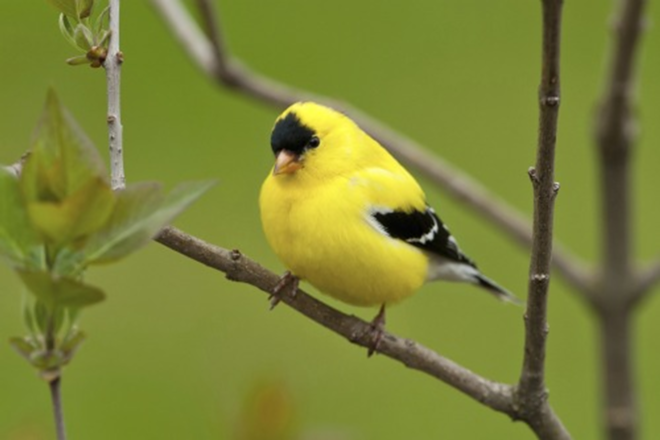

- Thinkstock
- Climate change is affecting many more species than polar bears. The National Audubon Society found that 60 percent of the 305 avian species in North America during winter have shifted their ranges northward by an average of 35 miles, thanks to warming temperatures. The American Goldfinch, pictured here, has moved some 200 miles north in the last 40 years.
E — The Environmental Magazine
Dear EarthTalk: I know that polar bears are losing ice cover due to climate change, but what are other ways that global warming affects wildlife around the globe? —Hanna Bond, Hartford, CT
Although perhaps the best known examples, polar bears certainly aren’t the only wildlife species already suffering as a result of global warming. With the sea ice that they depend upon as hunting platforms and places to rest during long swims quickly melting, polar bears were added to the federal list of threatened species in 2008. This contentious listing decision was significant in that it represented the first time the federal government acknowledged that global warming was not only having a noticeable effect on the environment but could also be blamed for the decline of particular species. Environmentalists claimed the listing was reason enough to reign in our carbon emissions sharply, but of course that has yet to happen.
While all organisms on the planet are affected in one way or another by climate change, some are more at risk than others. “Species with small population sizes, restricted ranges, and limited ability to move to different habitat will be most at risk,” reports the National Audubon Society. “Similarly, different habitats and ecosystems will be impacted differently, with those in coastal, high-latitude, and high-altitude regions most vulnerable.”

